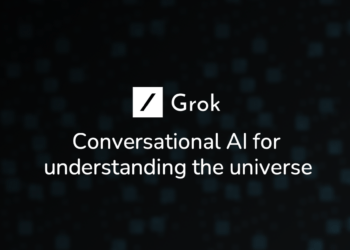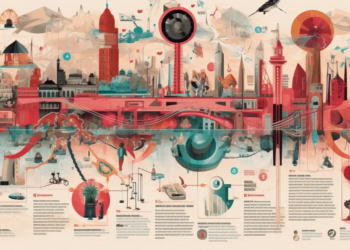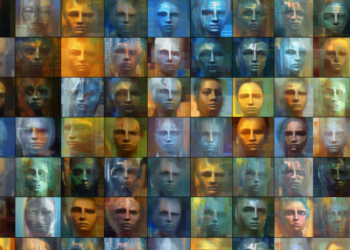The advancement of machine learning (ML) and its proliferation in the cloud have synergistically contributed to an unprecedented technical and scientific revolution. Replicating human cognition through algorithms has transcended the notion of science fiction to materialize into tangible and powerful solutions. This phenomenon has evolved from simple task assignments to the complex processing and analysis of big data, paving the way for disruptive innovation in vast and diverse fields, from personalized medicine to logistical optimization.
Theoretical Foundations and Evolution
The consolidation of ML in the cloud is the result of decades of effort in areas such as natural language processing (NLP), computer vision, and reinforcement learning (RL). These paradigms have shifted with the arrival of deep neural networks (DNNs) and the astonishing computational capability that cloud infrastructure offers.
Initially, convolutional neural networks (CNNs) facilitated breakthroughs in computer vision, interpreting and processing images with previously unattainable precision. Later, recurrent neural networks (RNNs) and long short-term memory (LSTM) units enhanced NLP, enabling machines to understand and generate human language with remarkable fluency.
Infrastructure and Innovative Platforms
Cloud platforms, like Google Cloud AI, Azure Machine Learning, and AWS SageMaker, have democratized access to powerful ML tools like never before. These services provide integrated environments that simplify the design, training, and deployment of sophisticated models.
Google Cloud AI, for instance, offers AutoML, a tool that allows users with limited ML expertise to design high-quality models. Azure Machine Learning, on the other hand, provides visual workflows and MLOps capabilities to facilitate the creation, management, and scalability of models. AWS SageMaker stands out for its adjustable training instances and a comprehensive suite for the model lifecycle, from the Jupyter Notebook to deployment.
Promising Algorithmic Advances
ML algorithms are constantly evolving. Models like BERT and GPT-3 have revolutionized NLP with their surprisingly human-like text comprehension and generation capabilities. These models are based on transformers, an architecture that, through attention mechanisms, allows the modeling of dependencies regardless of the distance in sequences of words or subwords.
In reinforcement learning, DeepMind’s AlphaZero opened a new panorama by defeating world champions in games such as Go and chess, using only the game rules and reinforcement learning from scratch. This achievement is notable for its use of neural network evaluation and Monte Carlo tree search, with no reliance on historical human data.
Emerging Practical Applications
The healthcare sector has seen massive advancements thanks to ML in the cloud, especially in early diagnosis and treatment personalization. For example, platforms like PathAI are transforming pathology with algorithms that interpret tissue images, increasing accuracy and reducing times.
In finance, cloud-based ML tools allow predictive and real-time analysis that helps in making better-informed investment decisions, managing risks, and detecting fraud. Platforms like Ayasdi utilize machine learning to uncover complex patterns in large volumes of financial data.
Challenges in Privacy and Ethics
The expansion of ML in the cloud is not without challenges, especially in terms of privacy, security, and ethics. The handling of massive data demands a cautious approach to protect sensitive and personal information. Differential privacy models and techniques such as federated learning, which decentralizes the training process while keeping the data at its source, are key advancements on this front.
Projections and Future Innovations
Looking ahead, it’s plausible to anticipate significant progress in interoperability among cloud services and resource optimization through quantum computing. Synergies between ML and the Internet of Things (IoT) will give rise to automation ecosystems in intelligent environments that promise to transform everyday life.
Models that learn and adapt to new situations without external intervention, known as lifelong machine learning systems, loom on the horizon as the next major milestone. As these systems continue learning, they could offer personalized solutions with an efficacy far beyond human capacity.
Conclusion
Machine learning in the cloud is more than a trend; it’s a fundamental pivot in how we understand and leverage artificial intelligence. The possibilities these tools offer are as vast as human ingenuity and the capacity to envision a future where machines not only learn but also collaborate in building a more efficient and connected world. With continuous advances in platforms and algorithms, combined with practical applications and ethical considerations, machine learning in the cloud is shaping a new technological horizon brimming with potential for future innovations.






















